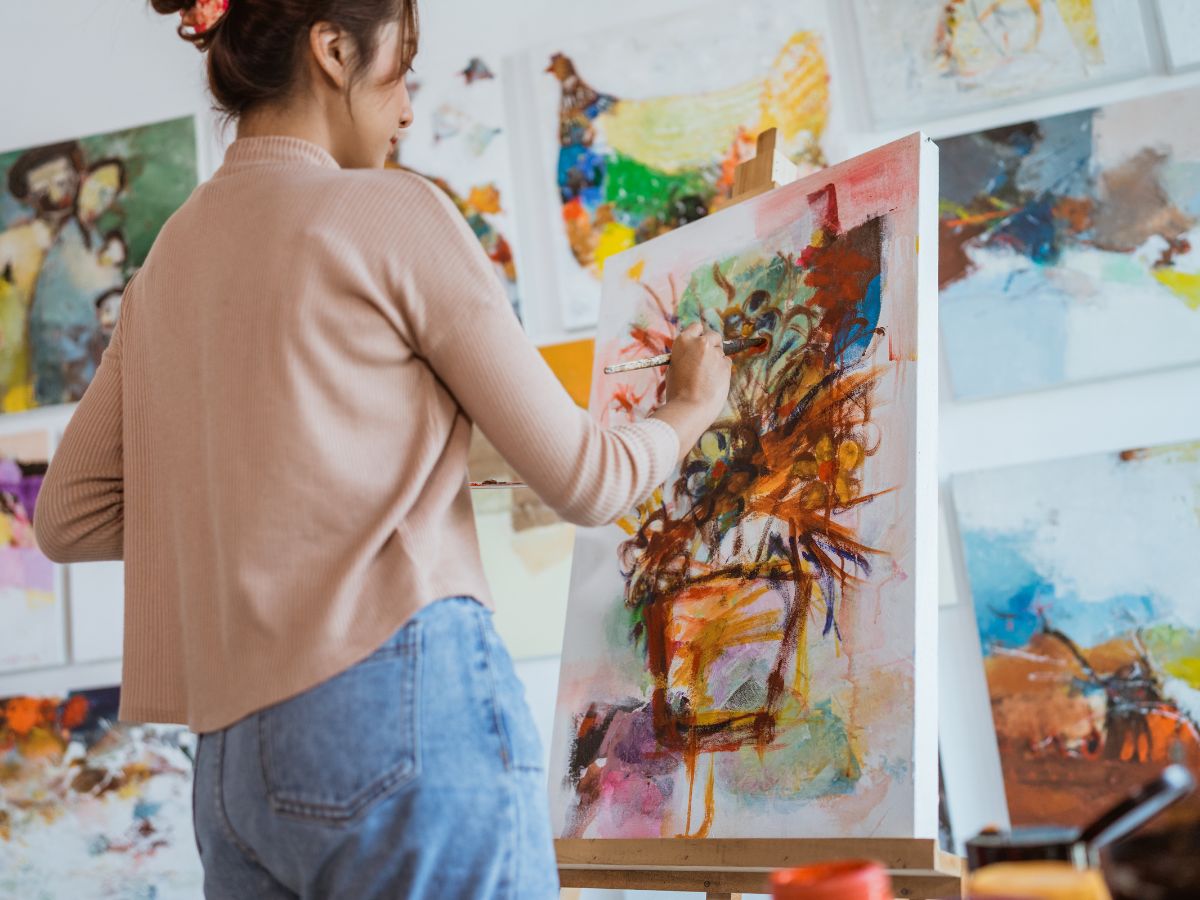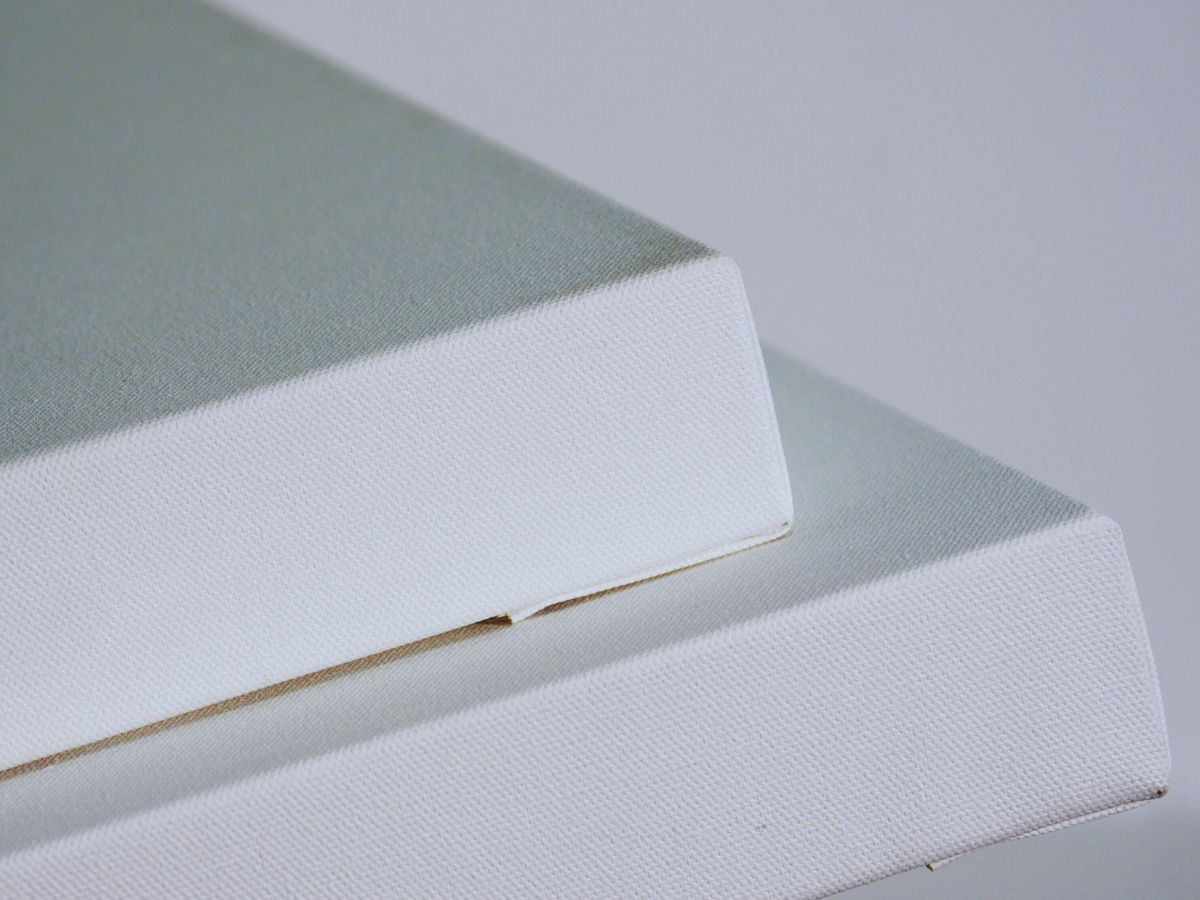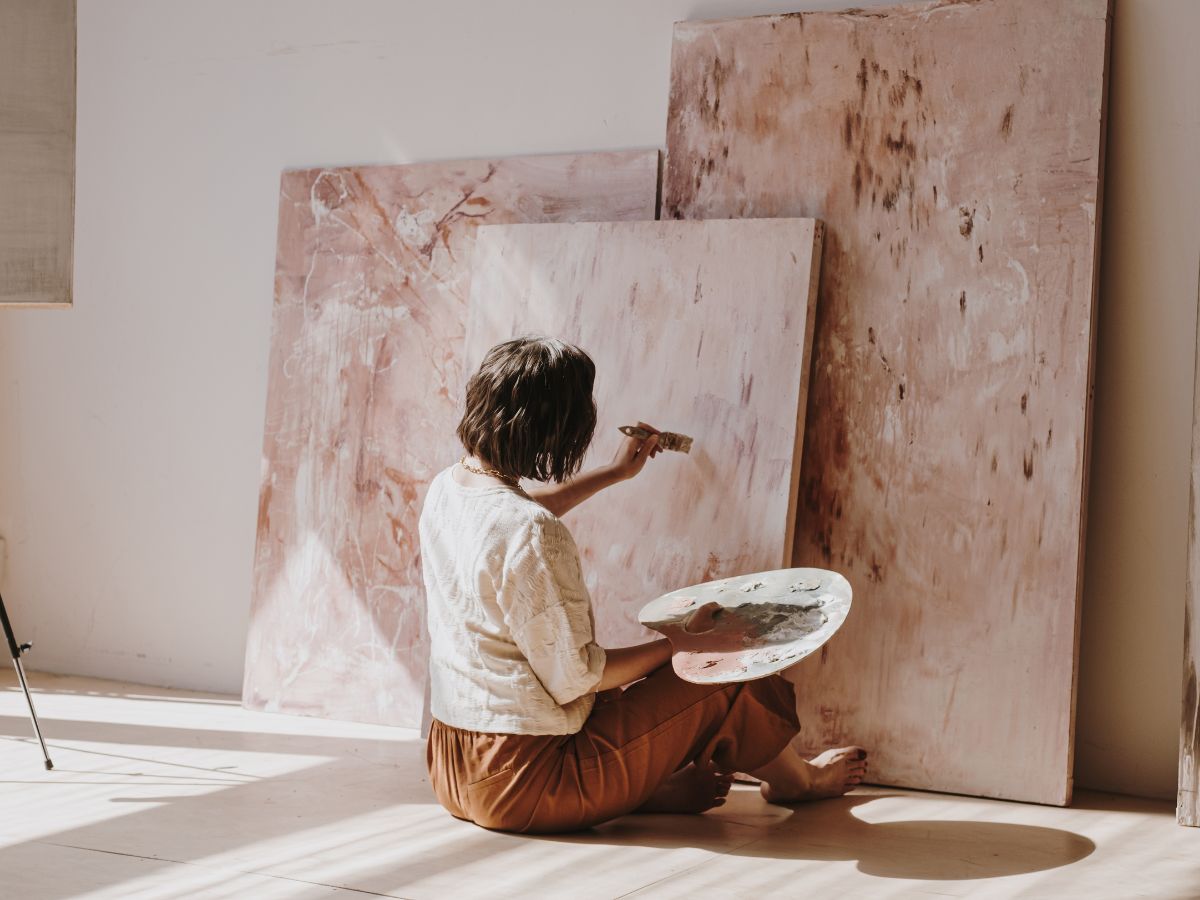
Best Packaging and Shipping Practices for Selling and Transporting Artwork
When you sell or transport artwork, especially stretched canvases, framed pieces, or mixed-media panels, proper packaging isn’t optional. It protects your work, your reputation, and your investment. Here’s a guide to packing and shipping artwork safely.







